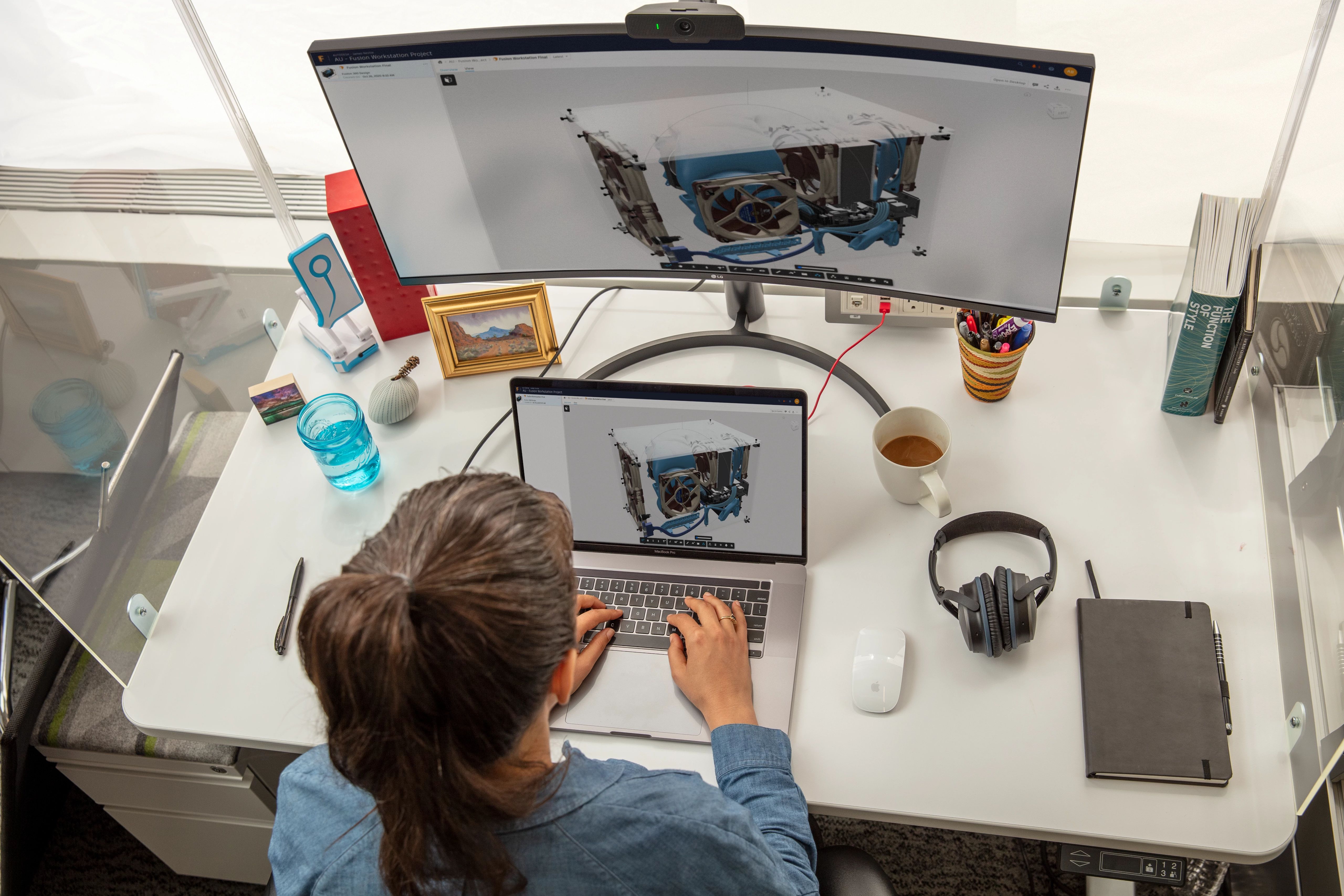Arnold Wins an Emmy: AU Learning for Exceptional Rendering

When it comes to visual effects and animation, most of the attention understandably goes to the work artists do in creative platforms like Maya and 3ds Max. But when it comes to getting that creative work onto the screen—and scaling your production pipeline to keep up with growing production demands—the renderer you choose makes a big difference. It’s all about balancing your quality needs against available compute power, rendering time, and human hours.
Created by Marcos Fajardo, the rendering software Arnold has long been an industry go-to for achieving both photorealistic and stylized effects like those seen in Guardians of the Galaxy, Game of Thrones, The Mandalorian, and much more. An advanced Monte Carlo ray tracing renderer, Arnold lets artists, technicians, and producers collaborate and iterate on content and render complex scenes and images flexibly and efficiently, from developing initial “looks” to delivering final frames.
Fajardo and colleagues received a Scientific and Engineering award from the Academy of Motion Picture Arts and Sciences in 2017 for their work on Arnold. And this past October, Fajardo and principal software engineers Alan King and Thiago Ize added another feather to their caps, as they were recognized with an Engineering Emmy for their continued work on Arnold.
Ready to build your skills with Arnold? Check out this related AU learning content:
Arnold for entertainment and media
Arnold’s original purpose was to render effects and animation for film and TV, and that’s still a primary use. Ken Larue walks you through the process of creating a 3D animation sequence from initial concept through final output, using the tools in the Media & Entertainment Collection, including Maya, 3ds Max, Mudbox, and Arnold, all managed in ShotGrid. The most interesting part? The entire creative team worked remotely from around the world during the lockdown, never once setting foot in the same physical space.
While Arnold is often best known for photorealistic effects, Ciro Cardoso shows you how it can be used for more stylized looks, such as those achieved in the film Spider-Man: Into the Spider-Verse, as well as for 2D illustration techniques, initial briefs, and quick-turnaround visualizations.
Arnold for product development
Want to learn how to use Arnold to help with your product development process? In Generative Design Visualization: From Fusion 360 to 3ds Max to the Client, Steven Schain takes you through creating a product using generative design in Fusion 360, then shifting to 3ds Max and Arnold to render a final, photo-quality animation.
Arnold for construction
Finally, Ryan Taube shares his workflow to animate a construction sequence for stakeholders using Revit, 3ds Max, and Arnold, with compositing in After Effects.
You’ll find more Arnold learning at Autodesk University whenever you’re ready.




